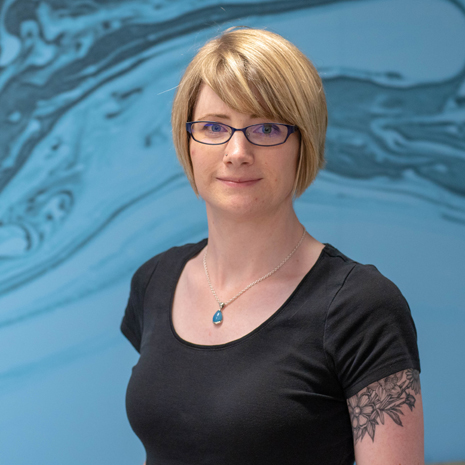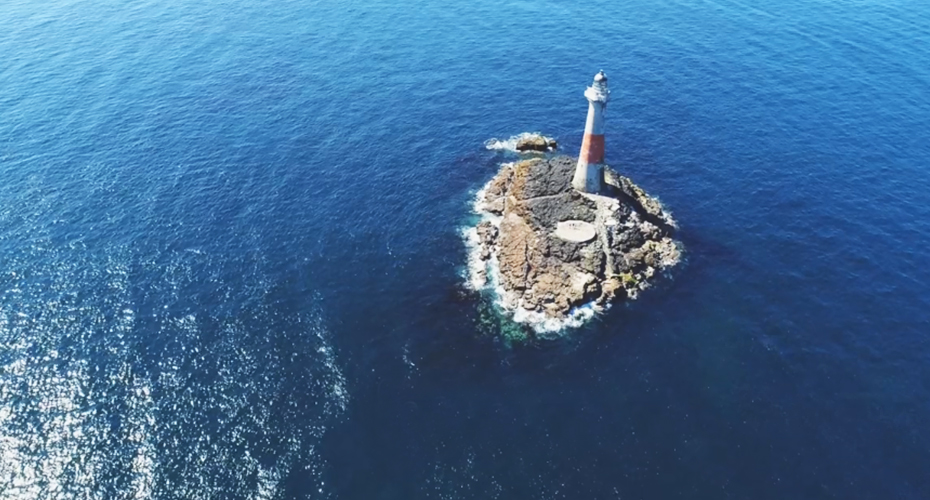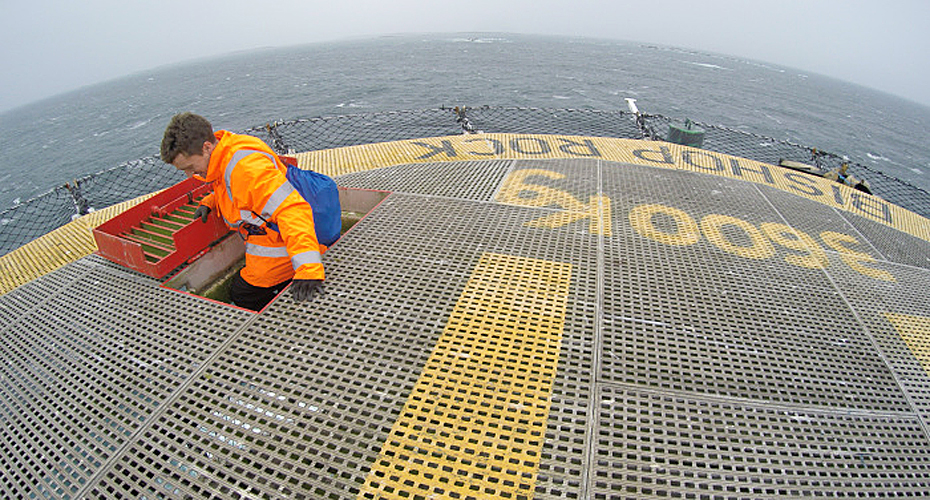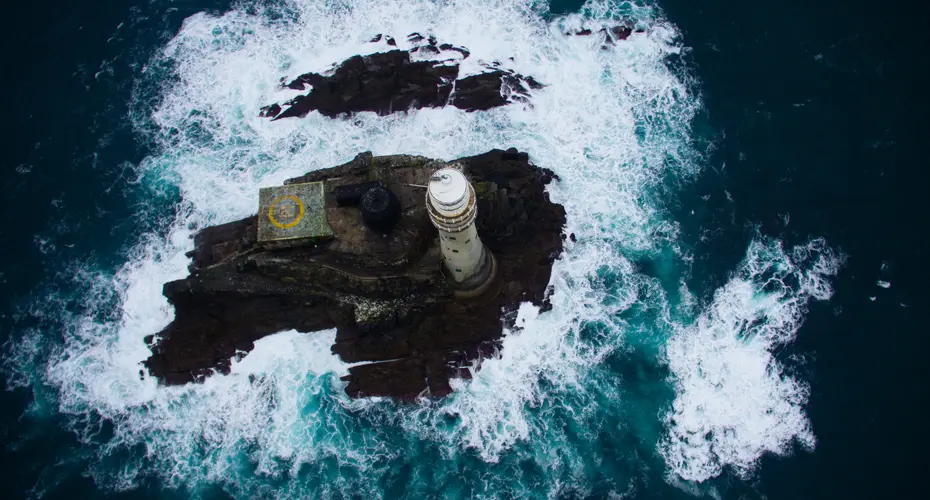Funded by the UK Engineering and Physical Sciences Research Council. Project numbers EP/N022947/1, EP/N022955/1 and EP/N023285/1.
STORMLAMP: Calculating how waves and storms affect rock lighthouses
VES researchers are using in-situ modal testing to calculate the effect of storm events on lighthouses.
James Brownjohn, James Bassitt, Ian Moon, Emma Hudson and Karen Faulkner travelled to six rock lighthouses across the UK, including Wolf Rock in Cornwall and Les Hanois in Ireland. The team landed by helicopter in order to carry out the tests, as part of a collaboration with Plymouth University and UCL called STORMLAMP.
Why lighthouses?
Lighthouses are the only form of back up for ships if GPS navigation fails. Like most lighthouses, the six we are investigating are almost 200 years old, and the UK General Lighthouse Authorities need more information about how they are affected by waves and storms in order to plan for their upkeep in future.
Simulating storms
To simulate a storm event, the VES team used our in-house, custom-designed shakers to input a force at the top of the lighthouses, and measured the impact of this force using accelerometers. The accelerometers measure acceleration which we can then translate into displacement, showing us how many millimetres the lighthouse is moving back and forth.
Using the data collected by VES, collaborators at Plymouth University are creating computer models of the lighthouses, supplemented with information from archive drawings from when the lighthouses were originally constructed. UCL will also undertake multi-scale numerical simulation of the lighthouses that can be used to create long-term diagnoses of the structures' future health.
Impact of the tests
Through the combination of in-situ testing and simulation, the project team will be able to provide the Lighthouse Authorities with information on how storms and waves are currently affecting the lighthouse, which areas of the structures are most impacted, and how this is likely to affect the structures in future.
The STORMLAMP project has potential to formulate guidance on management of structures at sea, helping to improve the design of future structures as well as maintain existing ones.
Emma Hudson, who managed the on-site modal analysis, said:

The testing provides an indication of how much movement we can expect from the lighthouses. Based on these modal tests, we can identify which of the lighthouses is especially problematic, then focus on that lighthouse in particular for the rest of the project.
We will then leave a set of accelerometers running to log data, so we can measure the response of the structure during stormy weather, when the sea waves apply large forces to the lighthouse. When these measurements are combined with the dynamic model derived from the initial modal test, we can then infer what sort of forces these waves are generating.
Dr Emma Hudson - Senior Consultant, Full Scale Dynamics Ltd

More information
-
Consultancy and industry: Find out more about how we can help you and how to get in touch
-
Research: Meet our academic staff and view their research profiles





